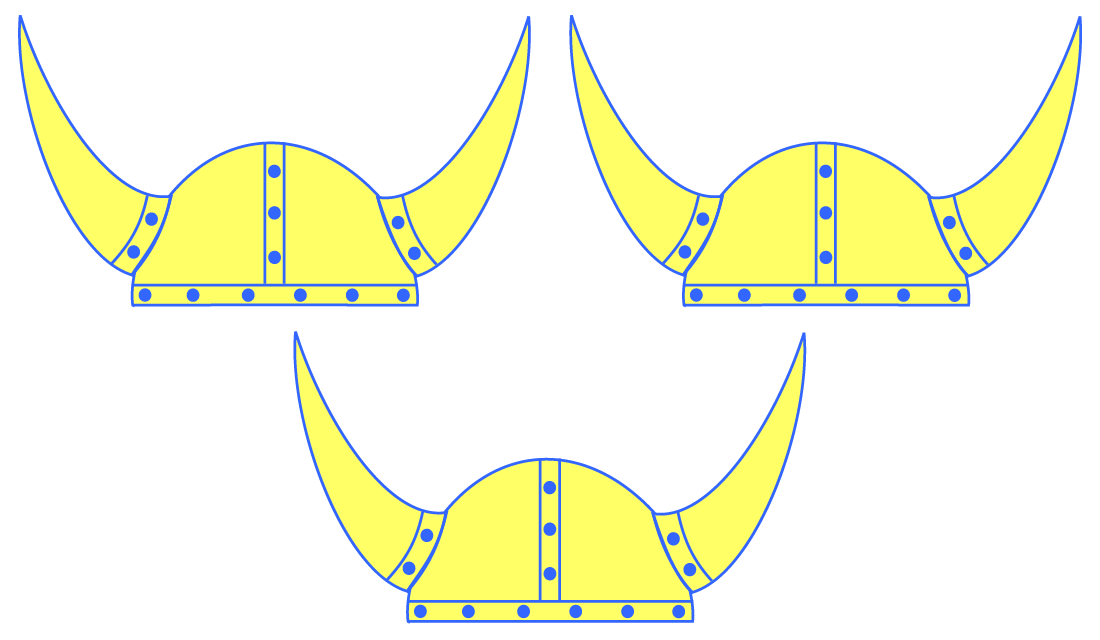
Traces of the old gods are very much alive in Stockholm. The city bears their marks in a number of ways, not least in some of the place names of its urban geography. Most of the major gods and goddesses have lent their names to a street: Torsgatan (“Thor’s Street”), Baldersgatan (“Balder’s Street”), Idungatan (“Idunn Street”), Friggagatan (“Frigg Street”), Odengatan (“Odin Street”), etc. There’s even Valhallavägen (“Valhalla Way”) and a number of city squares are named after the gods, too; Odenplan (“Odin’s Square” or “Odin’s Plaza”) probably being the best known and most central of these.
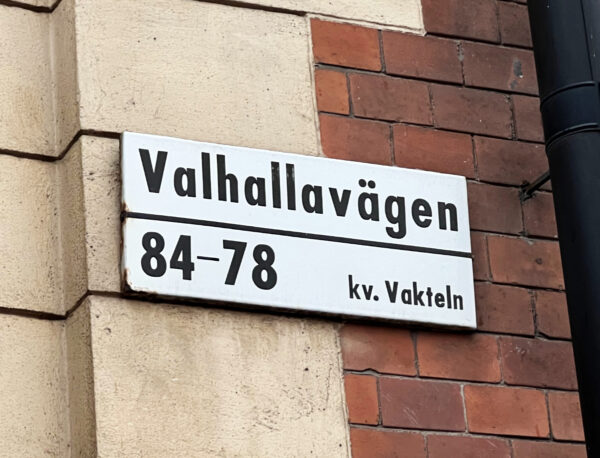
In addition to all of this, Stockholm also features many literal representations of the gods themselves scattered around the city center in the form of public sculptures. The gods lurk near the foundation of Stockholms stadshus (Stockholm City Hall), stand guard along the bridge to Djurgården (basically, “Animal Farm” Island), and scowl at the busy students and faculty members who bustle around the campus of Kungliga Tekniska högskolan (Royal Institute of Technology). I’ve compiled my own photos of these static Swedish gods that I’ve taken over the years along with some information about each one. I’ve also created a map at the bottom of the page that shows where each god may be found in the urban jungle of central Stockholm.
TORS FISKE (“THOR’S FISH”) by Anders Henrik Wissler, 1903 / Item A on the Map
Probably the best-known of Stockholm’s statuary Norse gods, Tors fiske represents Thor as he attempts to beat the living shit out of Jörmungandr, the evil Midgård serpent and bastard son of Loki. Anyone who knows the old tale knows how Thor made quite a show of enraged violence against the slippery sea-snake, who he caught on his fishing line using a massive ox head, and how the dastardly giant, Hymir, cut the line, allowing Jörmungandr to sink back down to the ocean’s bottom. The version of Thor’s hostile confrontation on display in Stockholm includes a couple of additional, smaller serpents for artistic flair. The entire work is a fountain, which is fitting, and is to be found at Mariatorget in Stockholm’s Södermalm district. My own personal visits to the Kingdom of Sweden tend to occur in the dark, cold months when the municipal authorities empty the basin of its water (and, consequently, Jörmungandr of his symbolic poisonous venom, too). Check out my ancient post Thor Goes Fishing at Mariatorget for some summertime photos of the fountain that I pilfered from the the world wound web.
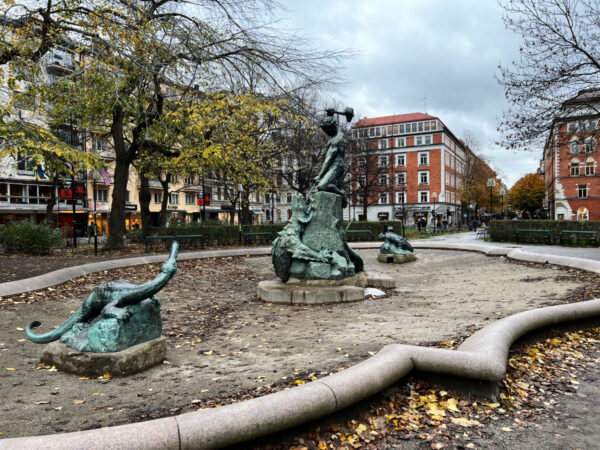
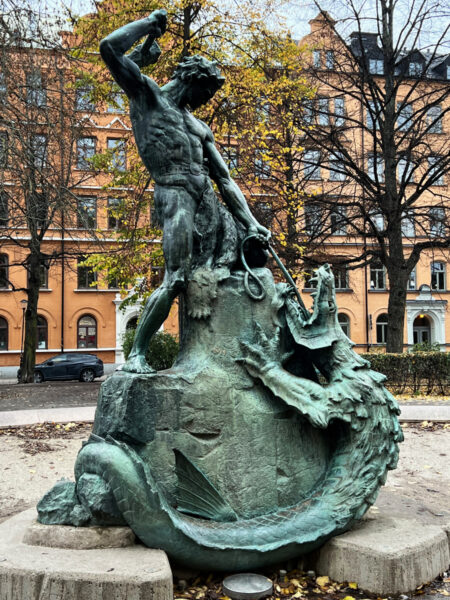
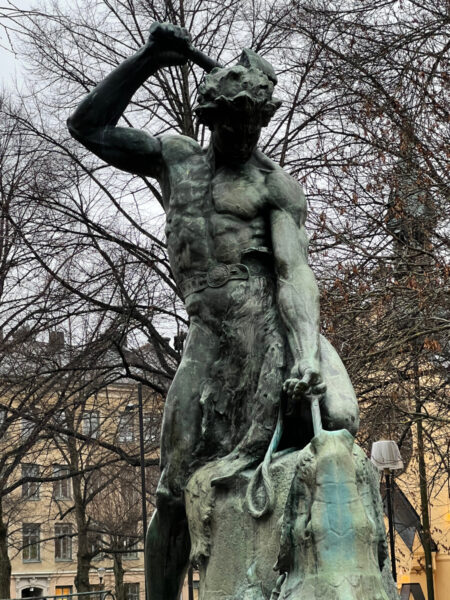
LOKES STRAFF (“LOKI’S PUNISHMENT”) by Ida Matton, 1923 / Item B on the Map
Loki’s always been a pretty subversive son of a bitch, and his antics as a public sculpture in Stockholm are no exception. He’s hidden away in a rocky alcove at the base of the magnificent tower of Stockholm’s City Hall. Here he lies, being spit on by not one but two poisonous snakes for all eternity (early 20th century Swedish sculptors were clearly very fond of including extra snakes in their mythologically-inspired artistic creations). When he writhes in pain, it sends tremors throughout the City Hall, so it is no surprise that his favorite day for thrashing about each year is December 10th, when the annual Nobel Banquet is being held on the premises.
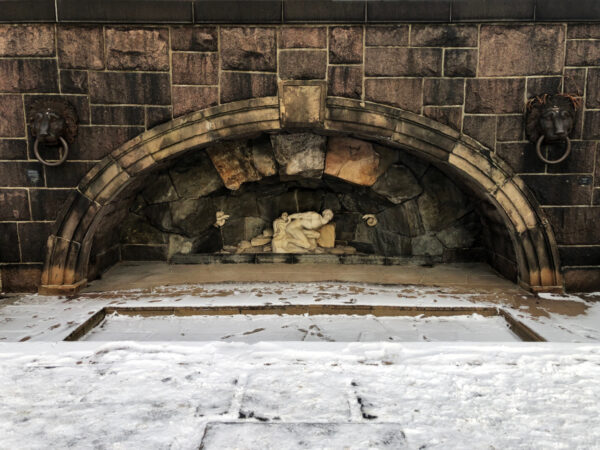
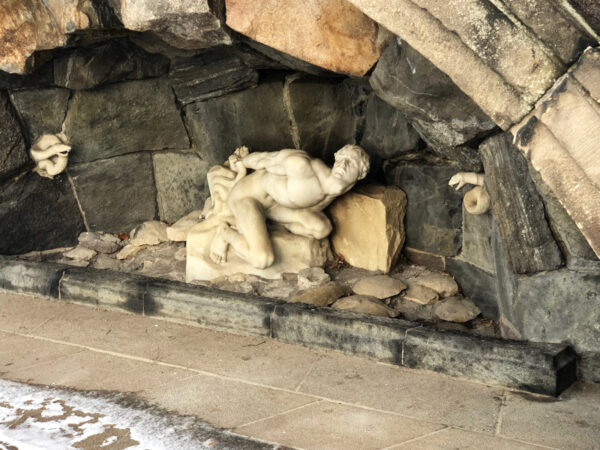
THE FOUR GODS AT DJURGÅRDSBRON by Rolf Adlersparre, 1887 / Item C on the Map
The ornate bridge leading to Djurgården from Östermalm is guarded by four ancient deities: Freyja, Thor, Frigg, and Heimdall (very appropriate, since this is a bridge, after all). They stand watch upon tall stone columns, so you can’t really get as close to these gods as you can Thor while he’s bashing Jörmungandr or Loki in his snake torture municipal dungeon. I’ve discussed these figures more here for those of you who might be interested in such a thing: Djurgårdsbron: Where Silent Gods Stand Guard.
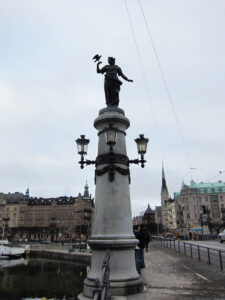
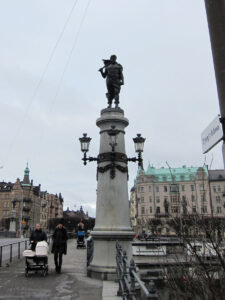
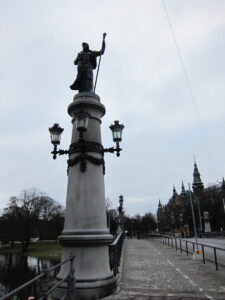
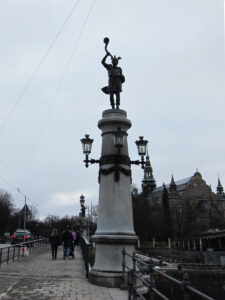

NATURKRAFTEN ELLER TOR OCH BOCKARNA (“THE POWER OF NATURE, OR THOR AND THE GOATS”) by Stig Blomberg, 1955 / Item D on the Map
There’s just something about a very displeased-looking depiction of Thor driving his snarling-goat-powered-chariot around the campus of a science and engineering university that warms my heart. MIT’s got nothing on KTH! Despite being referred to as the “Power of Nature,” I don’t think this sculpture of Thor is actually creating any lightning or thunder and thus not generating any electricity either, but that’s besides the point. KTH lies alongside Valhallavägen in the Östermalm district and this version of Thor lies just beyond the main campus courtyard.
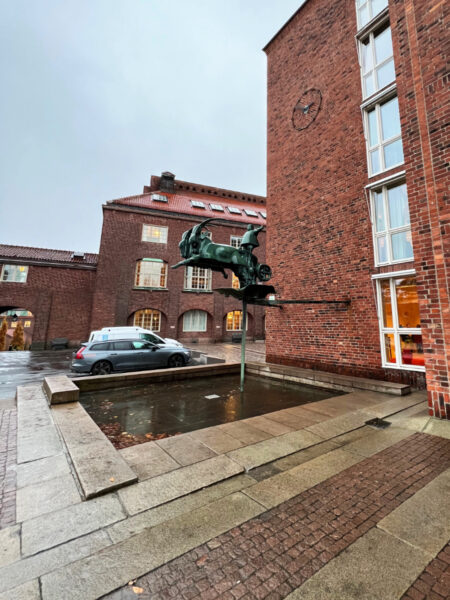
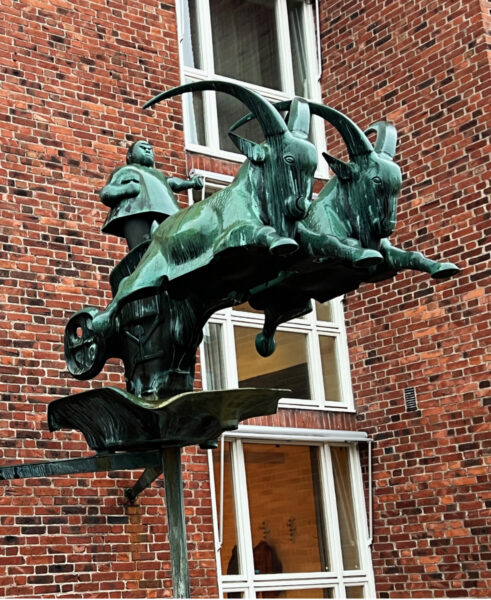
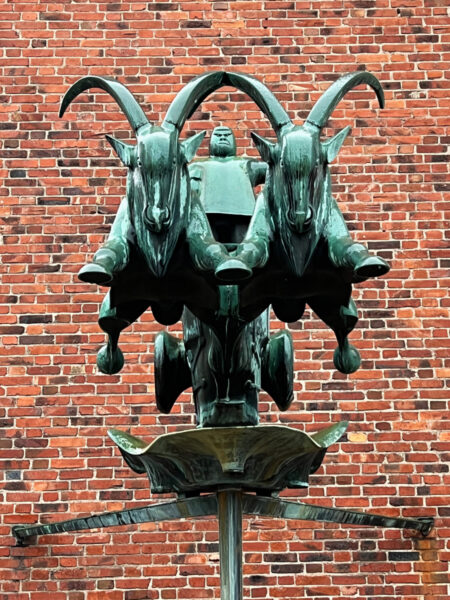
THE GODS AT NATIONALMUSEUM by Bengt Erland Fogelberg, 1830-1844 / Item E on the Map
These gods are the only members of Stockholm’s pantheon that aren’t kept outdoors and exposed to the elements; instead they are housed in the Sculpture Courtyard of Sweden’s Nationalmuseum (the big daddy of classic Swedish artwork museums). There is no admission fee, so Odin, Thor, and Balder may be as easily visited as their brethren scattered around Stockholm’s exterior spaces. Nationalmuseum itself also contains other works of art, particularly paintings, that tend to be of interest to Norse nerds. Carl Larsson’s Midvinterblot is foremost among these, but the museum also contains classic National Romantic works of mythological, saga, and folkloric imagery by August Malmström, Mårten Winge, Ernst Josephson, and others. Another post hosted on this sad, little website dedicated exclusively to the Nationalmuseum’s gods and Midvinterblot may be found here: The Gods of Sweden’s Nationalmuseum.
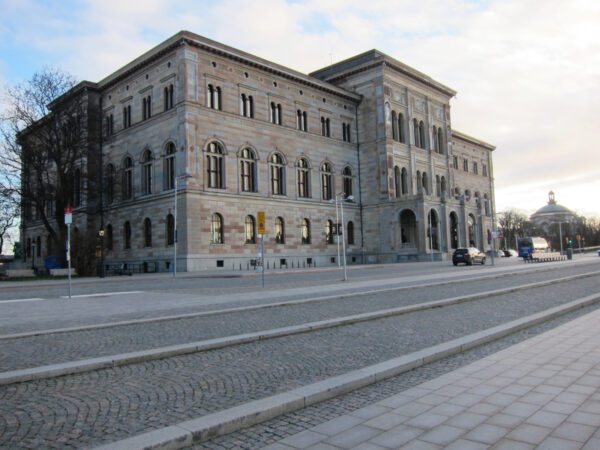
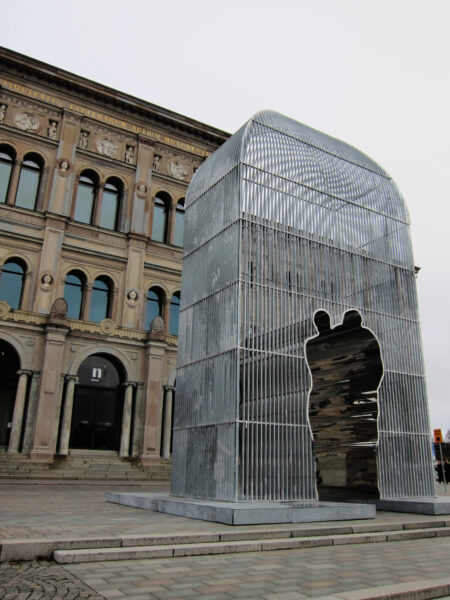
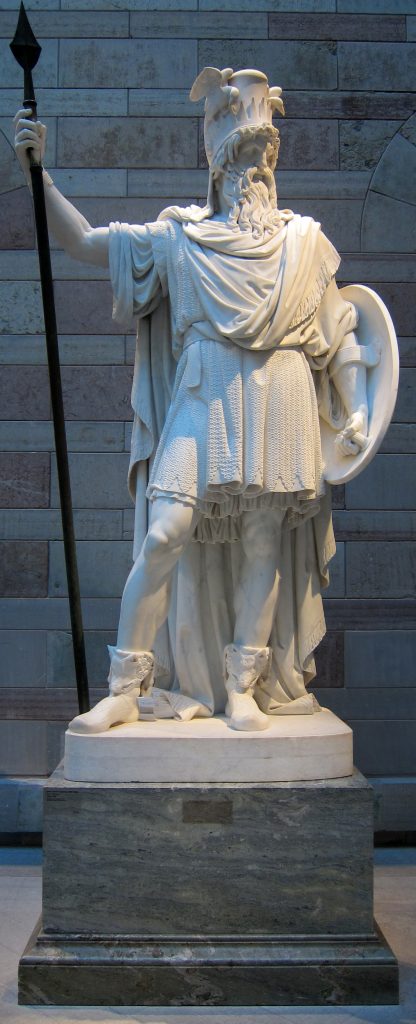
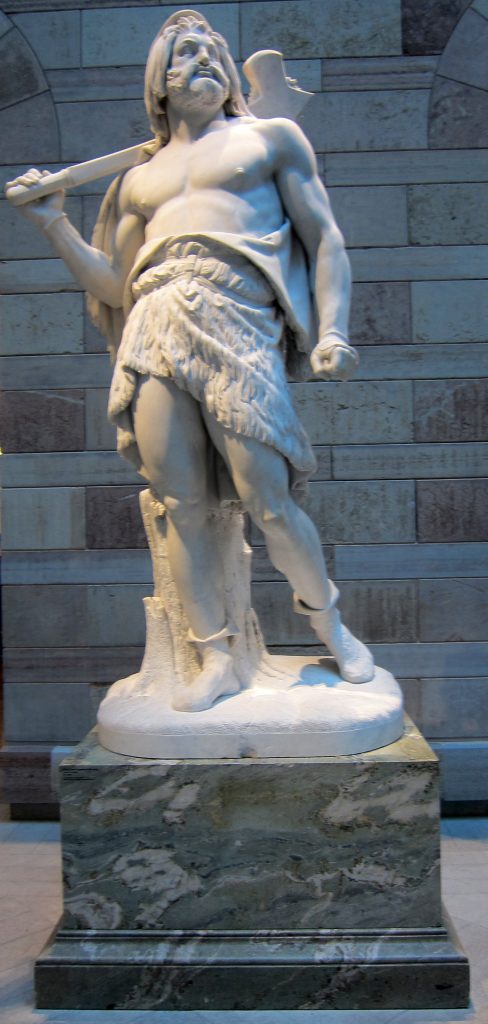
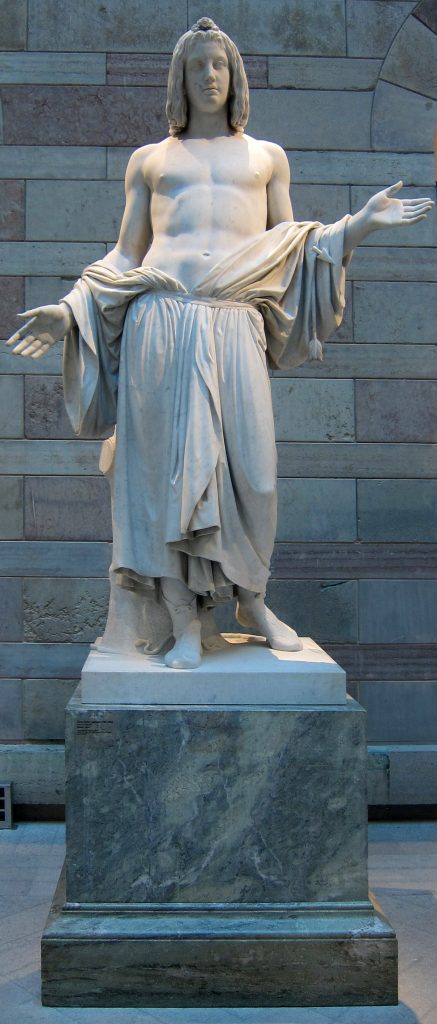
Aegir and Ran and their daughters at MOLINS FONTÄN by Johan Peter Molin, 1873 / Item F on the Map
It’s only appropriate that such watery gods should lurk in one of Stockholm’s most prominent fountains. This fountain, aptly named Molins Fontän after its creator, is located in Kungsträdgården, a lovely park in the center of the city adjacent the opera house and facing the royal palace. The fountain was first created in 1866 for the General Industrial Exposition of Stockholm and later recreated for Kungsträdgården by a German firm specializing in bronze casting. It depicts not only Aegir, Ran, and their wave-daughters, but also a strömkarl and some graceful swans.
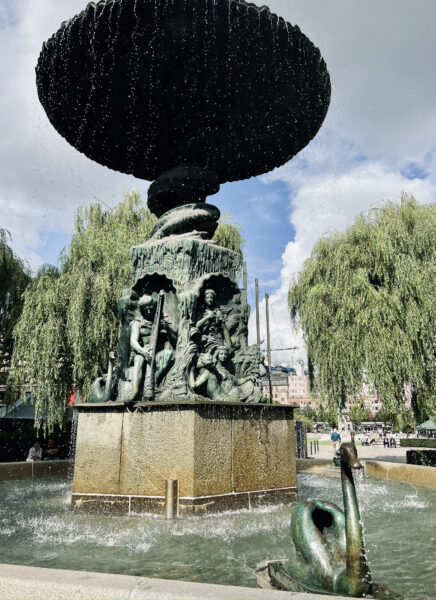
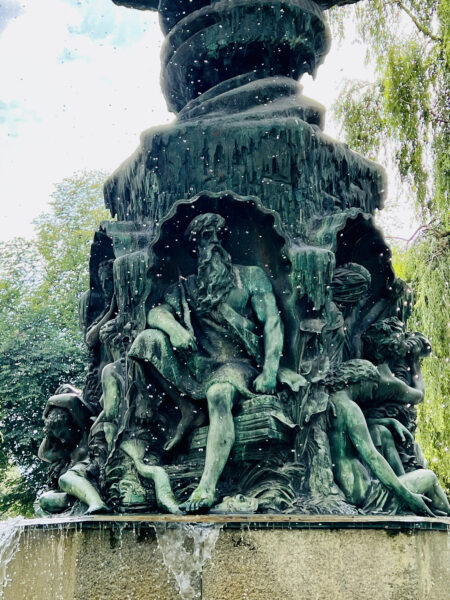
THE MAP
Hopefully, this thing is pretty self-explanatory! If you want to know more about Stockholm and its unique fresh-water-meet-seawater archipelago geography and historic environs, then it might (or might not) be worth checking out this article I wrote for Mainly Museums: The Unique Natural and Architectural Landscape of Stockholm’s Medieval Gamla Stan. And if anyone knows of any other Stockholm gods hanging around in some dark and mysterious corners of the city that I might have missed, please let me know! I’ll update this page accordingly and give you a shout-out here for sharing the arcane knowledge.
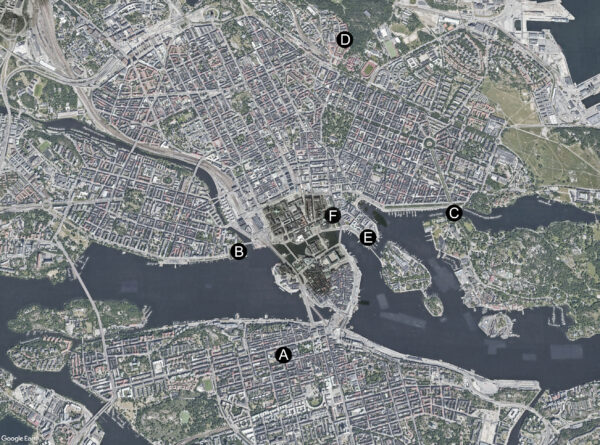
Subscribe to get updates from Scandinavian Aggression!
You know, if you feel like it or whatever. Your email is only used to send updates when new nonsense has been posted to the site. It's stored in the secure abyss of WordPress and not shared anywhere or anyhow else. Skål som fan!
